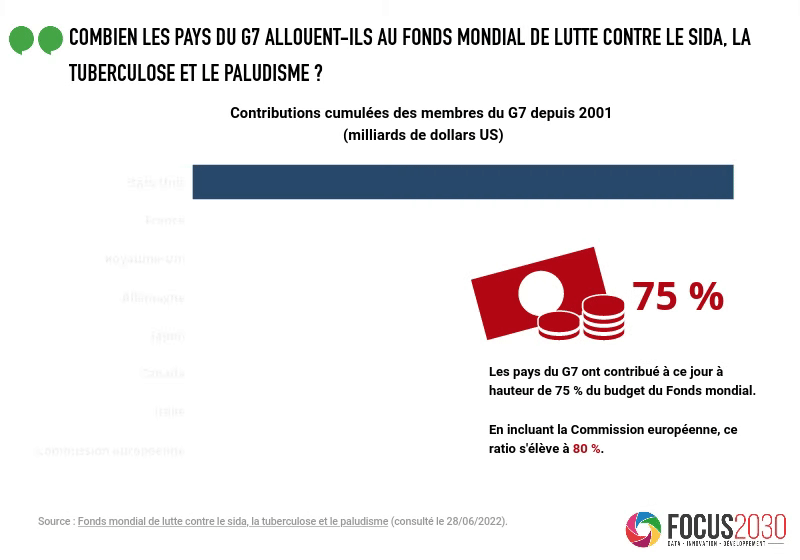Which G7 countries consider gender equality in their foreign aid?
Publié le 03/12/2018.
Each year, the member countries of the OECD’s Development Assistance Committee (DAC) report back to the organization the amount of Official Development Assistance (ODA) they have provided in the year. As part of this exercise, DAC members (including the seven G7 countries) are asked to indicate, for each project or program, whether it promotes or not gender equality, based on a three-value « marker »:
- Value 2: gender equality is the main objective of the project/program
- Value 1: gender equality is a significant objective of the project/program
- Value 0: the project/program does not target gender equality.
This data is published in n+2 for year n. In 2021-2022, DAC members allocated an average of USD 64.1 billion per year (43.3% of their allocable bilateral ODA screened against the gender marker) to gender equality and women’s empowerment as either a primary objective (USD 5.6 billion or 3.8% of bilateral ODA) or a significant objective (USD 58.4 billion or 39.5% of bilateral ODA).
Among DAC members, the G7 countries allocated more than USD 38.7 billion to these issues, representing an average of 49% of their allocable bilateral ODA.
However, between 2021 and 2022, the share of ODA devoted to gender equality as a principal objective (value 2) fell by 5%, despite a 19% increase in the share of ODA devoted to gender equality as a significant objective (value 1). Three G7 members saw their share of ODA allocated to gender equality decrease (Canada, France and Italy). This slowdown occurred in the context of the Generation Equality 2021 Forum, organized by UN Women, at which the international community pledged to invest $40 billion in gender equality by 2026.











